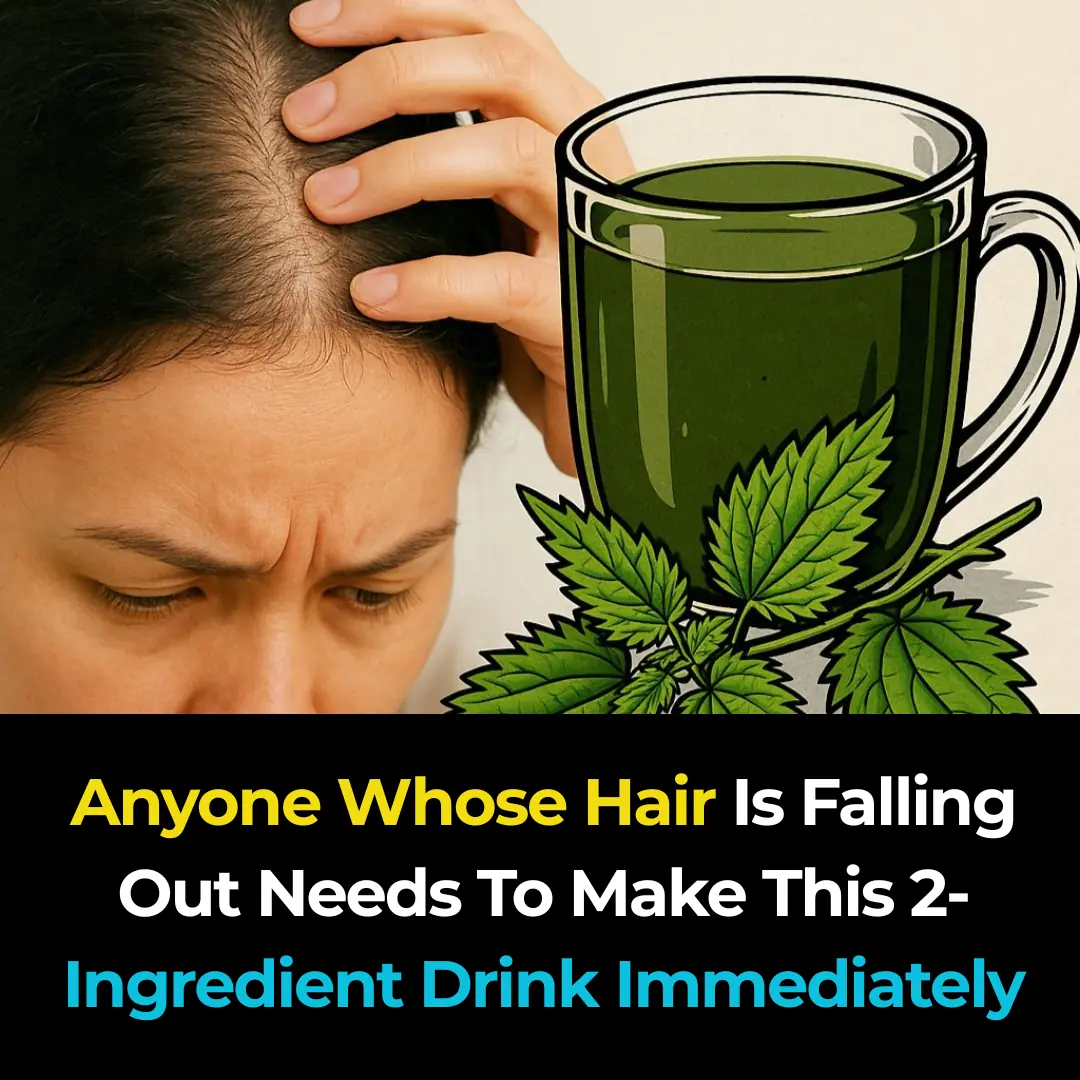
8 Reasons for Dark Circles That Aren’t Due to Lack of Sleep
Beyond Sleep: The Many Causes of Dark Circles
Dark circles are often blamed on lack of sleep, but the truth is far more complex. Even people who get a full night’s rest may still wake up with shadows beneath their eyes. These circles can be influenced by lifestyle, health conditions, genetics, and environmental factors, making them one of the most common — and often misunderstood — skin concerns.
1. Dehydration
When the body is dehydrated, the skin loses its natural plumpness and glow. The delicate under-eye area can appear sunken, dull, and shadowed. Increasing your daily water intake and eating hydrating foods like cucumbers, melons, and oranges can help restore skin vitality. Herbal teas and limiting caffeine also support hydration.
2. Anemia
Anemia, particularly iron deficiency anemia, reduces the amount of hemoglobin in red blood cells. With less oxygen being delivered to tissues, the skin looks pale, and dark under-eye circles become more pronounced. A simple blood test can confirm this condition, which may be improved through iron-rich foods (like leafy greens, lentils, and red meat) or iron supplements prescribed by a doctor.
3. Allergies
Allergies trigger the release of histamines, which cause itchy, watery, and swollen eyes. Constantly rubbing or scratching the area worsens pigmentation and broken blood vessels, leading to stubborn dark circles. Managing allergies with antihistamines, reducing exposure to triggers, and using soothing eye drops can significantly reduce symptoms.
4. Sun Overexposure
Too much sun doesn’t just tan your skin — it also increases melanin production in the under-eye area, making it look darker and uneven. Unlike a golden glow across your cheeks, UV damage can highlight the delicate skin under your eyes. Daily use of broad-spectrum sunscreen, sunglasses, and hats provides essential protection.
5. Skin Conditions
Chronic conditions like eczema or dermatitis can make under-eye circles worse. Inflammation and scratching dilate blood vessels, causing redness, irritation, and hyperpigmentation. Consulting a dermatologist can help identify triggers and provide treatments such as medicated creams, soothing moisturizers, or lifestyle adjustments.
6. Eyestrain
Hours of staring at a computer screen or reading without breaks can enlarge blood vessels around the eyes. The result? Visible shadows and fatigue lines. The 20-20-20 rule — looking at something 20 feet away for 20 seconds every 20 minutes — can reduce digital eyestrain. Blue-light glasses and proper lighting may also help.
7. Age
As we age, collagen production slows down, and the skin becomes thinner and less elastic. This makes the tiny blood vessels under the eyes more visible, giving the appearance of dark circles. Anti-aging skincare with retinol, hyaluronic acid, and peptides can help strengthen and hydrate this fragile area.
8. Genetics
Sometimes, dark circles are simply inherited. Deep tear troughs, natural pigmentation differences, or thinner skin can all be passed down through family traits. While genetic factors cannot be completely erased, treatments like dermal fillers, brightening creams, and good skincare routines can soften their appearance.
Practical Prevention & Care Tips
-
Stay Hydrated: Drink enough water and include water-rich foods in your meals.
-
Treat Allergies: Use antihistamines or prescribed medication and avoid rubbing your eyes.
-
Protect from Sun: Apply sunscreen daily and wear sunglasses outdoors.
-
Maintain Sleep: Stick to a consistent sleep schedule for overall skin repair.
-
Cold Compresses: Reduce puffiness with chilled spoons, cucumber slices, or tea bags.
-
Nourishing Eye Creams: Choose formulas with retinol, vitamin C, or hyaluronic acid to brighten and strengthen skin.
-
Healthy Diet: Eat foods rich in vitamins C, K, and E to support skin health and circulation.
Final Thought
Dark circles are not just about missing sleep — they are a multifactorial issue influenced by hydration, diet, genetics, and lifestyle. By identifying the root cause, you can take targeted steps to reduce their appearance and bring back a refreshed, youthful look.
News in the same category


13 Detox Foods To Flush Out Toxins, Fight Cancer Cells And Relentlessly Hunt Free Radicals

Doctor warns: your ‘healthy’ lemon water habit is actually destroying your liver – here’s what you’re doing wrong

Gentle Stretches to Relieve Sciatica Pain

Surprising Signs You're Actually Gluten Intolerant

6 Surprising Reasons Why Your Feet Are Cold

Cold Sores: How to Reduce Symptoms and Speed Up Recovery

52-year-old man died of diabetes, doctor advised: 4 types of breakfast should be removed from the table

This drink helps reduce gastroesophageal reflux and heartburn effectively

This Courageous Woman Says Experiencing a Stroke Was the Best Thing That Ever Happened to Her
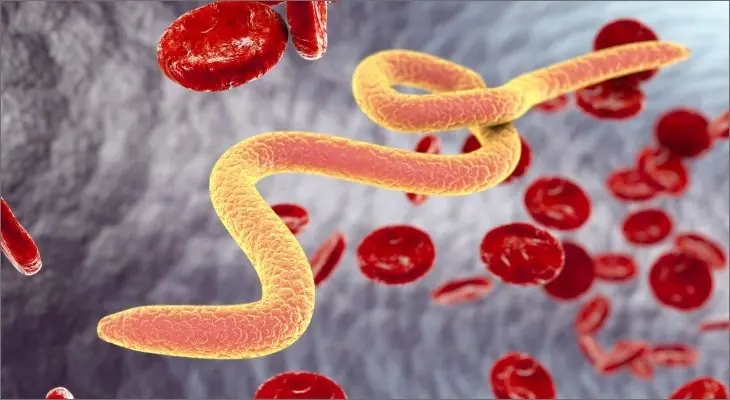
Always Tired, Bloated, or Foggy? This Can Be Why… Follow This Parasite Cleanse Diet
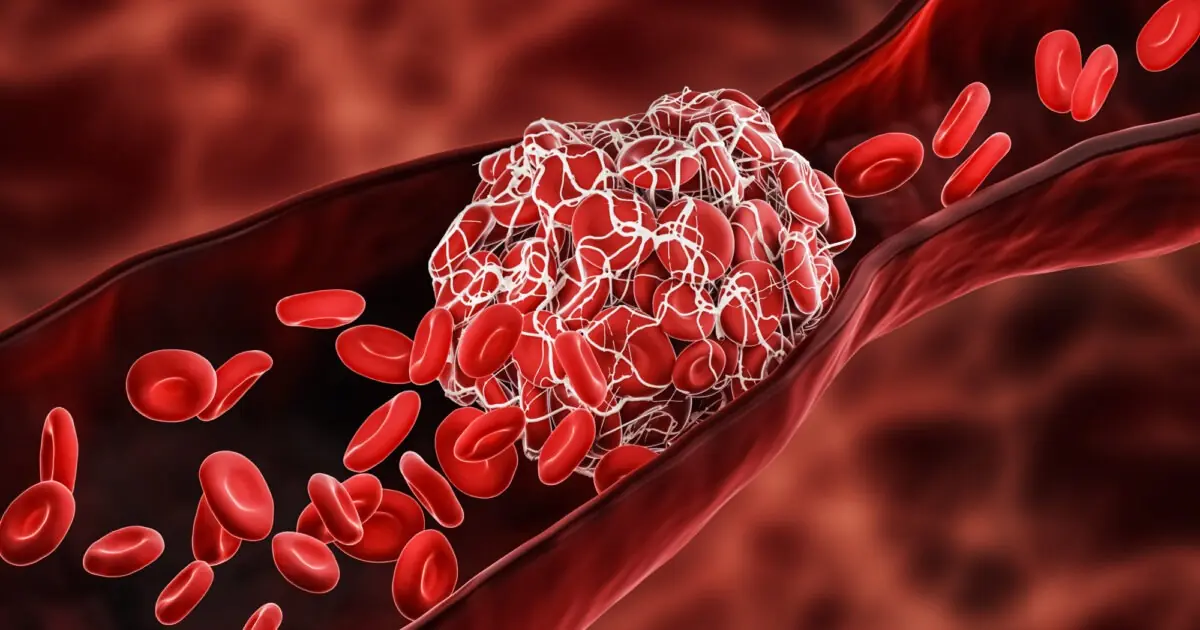
A Blood Clot Can Lead to a Heart Attack, Thrombosis, or a Stroke. Discover 16 Powerful Blood-Thinning Foods You Need

Here’s What Happens to Your Body When You Eat Two Eggs a Day. I Would Have Never Believed No. 4… Unbelievable!!!
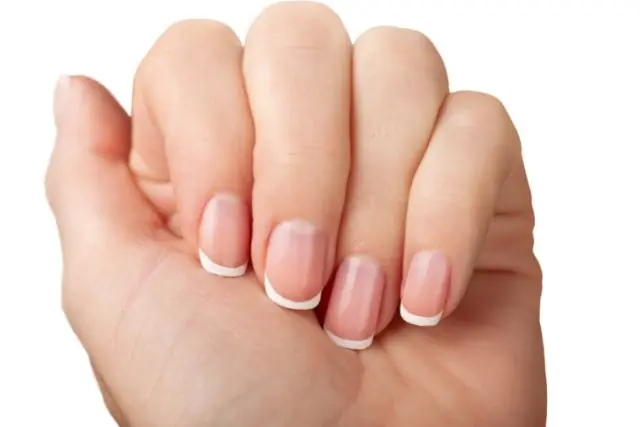
WARNING: Your Fingernails Are Trying to Tell You Something—Don’t Ignore These Signs!
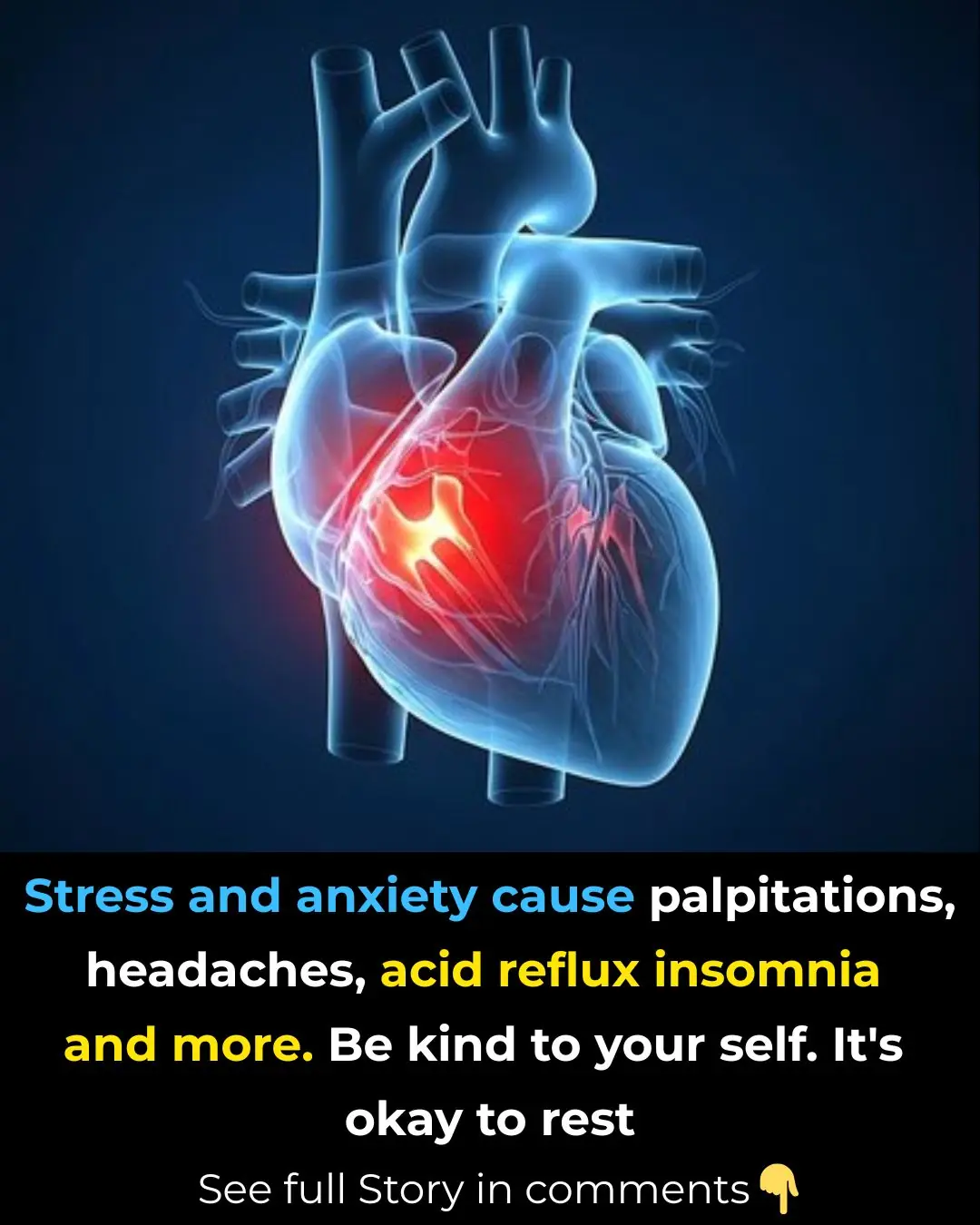
Symptoms That Can Be Caused by Stress

🌿 17 Health Conditions That May Benefit from Guava Leaf Tea + Easy Homemade Recipe

A Scientific Look at Oregano’s Role in Supporting Wellness

Scientists discover ‘stealth bacteria’ from your mouth are hiding in your arteries and triggering heart at:tacks
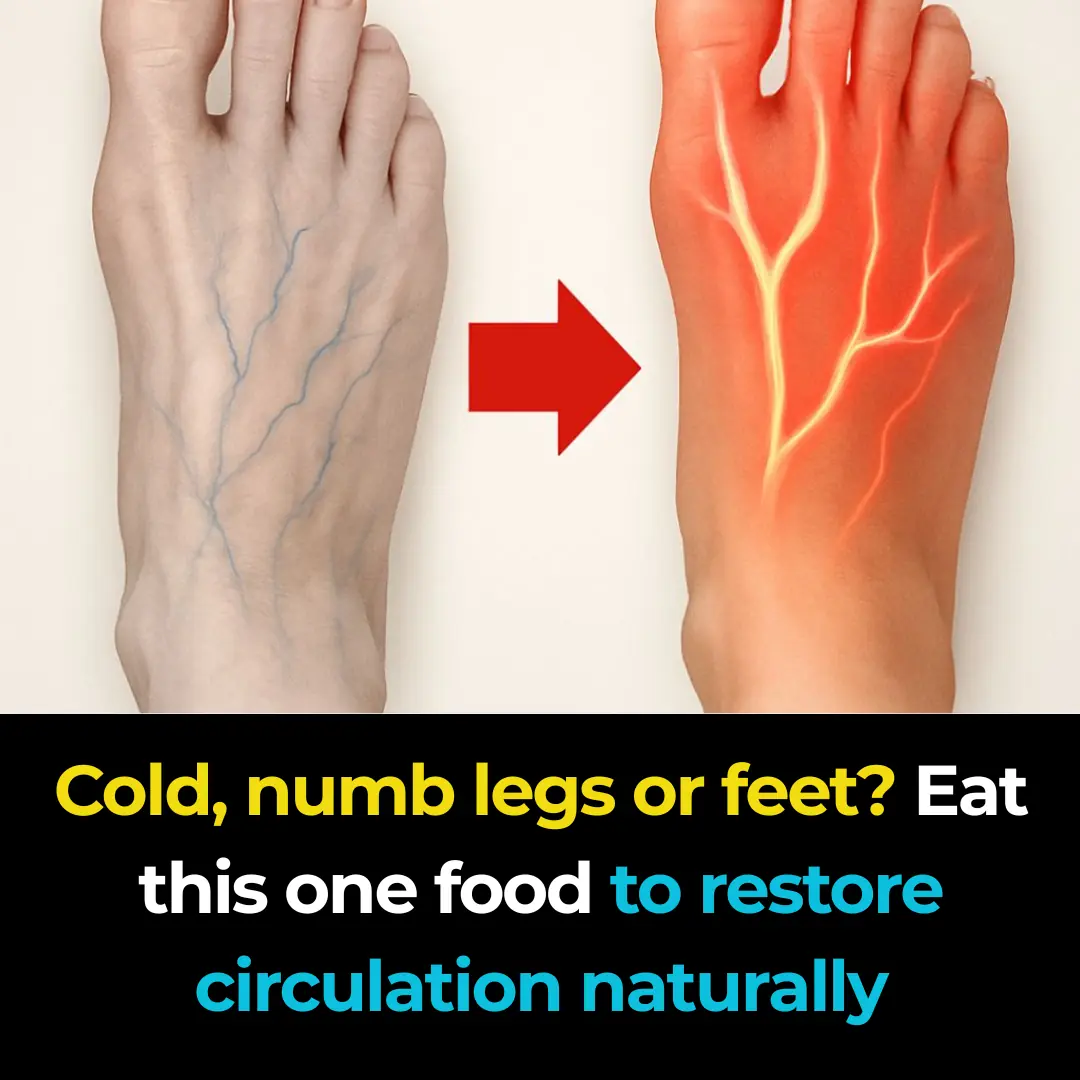
Cold, numb legs or feet? Eat this one food to restore circulation naturally
News Post
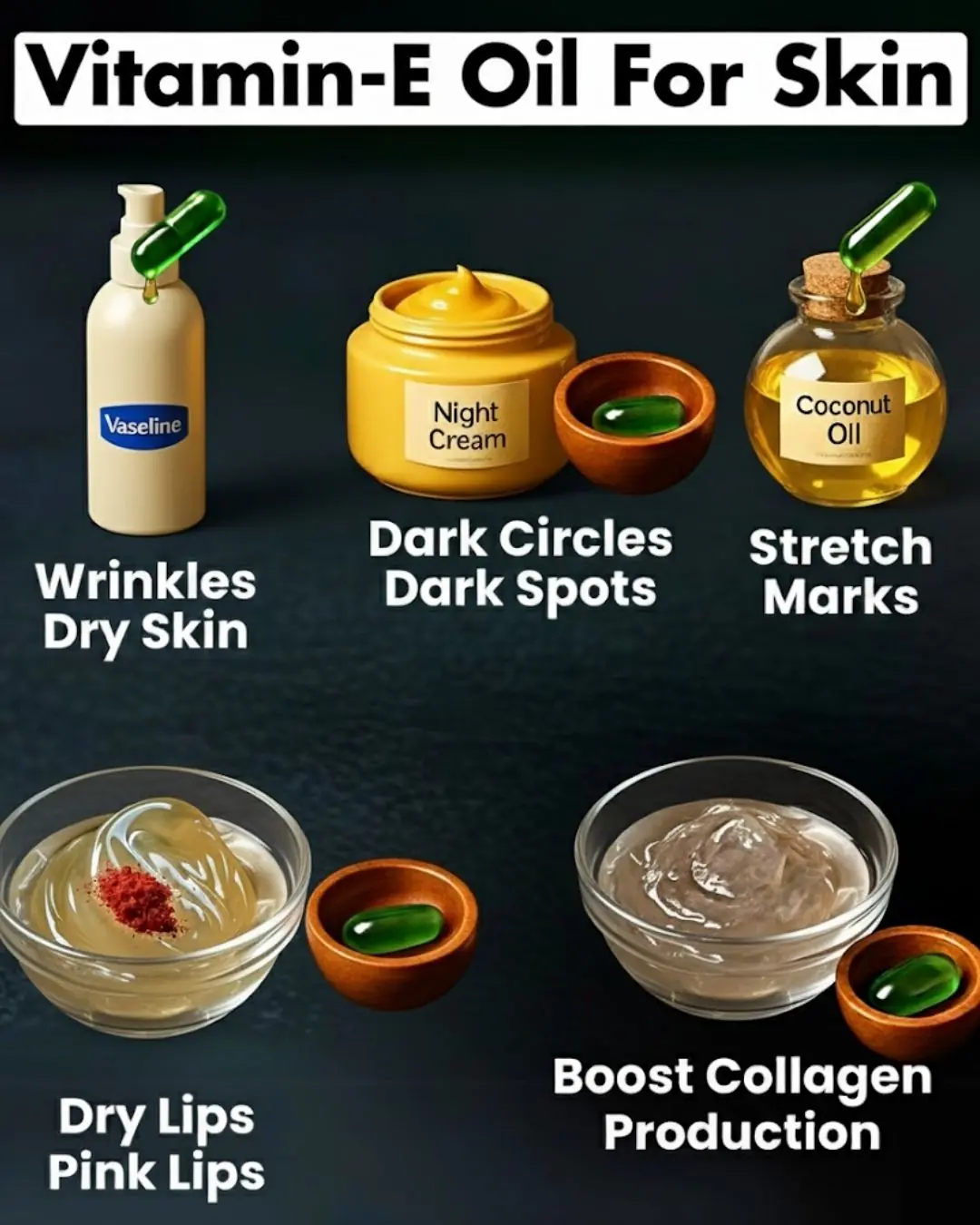
Vitamin E Oil uses for Skin – Glowing Skin, Dark Circles & Wrinkles

How to Keep Supermarket Basil Alive and Thriving
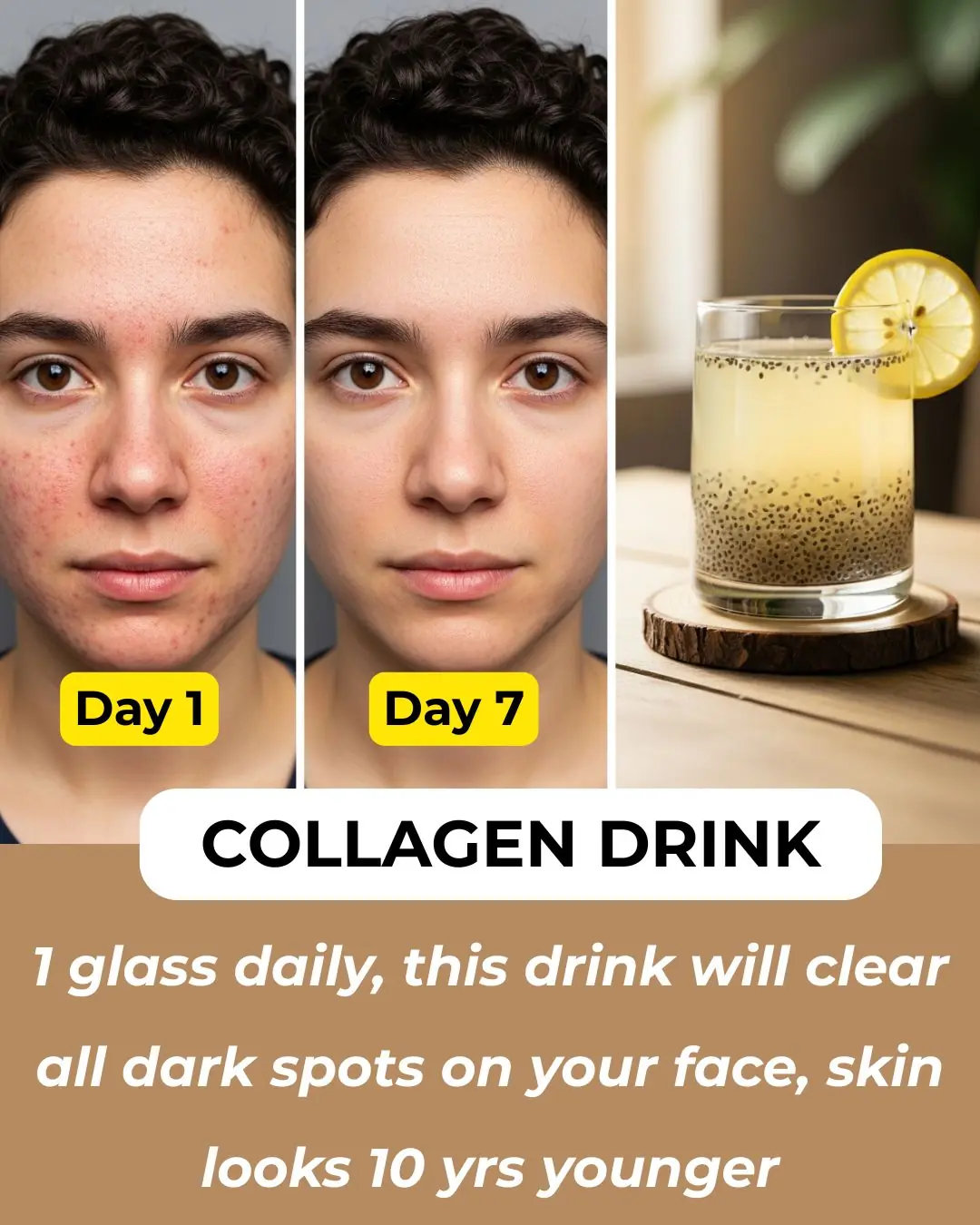
3 Best Detox Drinks for Glowing, Healthy Skin

Erase Wrinkles and Fight Signs of Aging with Banana Face Pack: The Ultimate DIY Skincare Remedy

DIY Korean Rice Cream: The Secret to Wrinkle-Free, Glowing Skin Even After 50 – DIY Recipe and Benefits
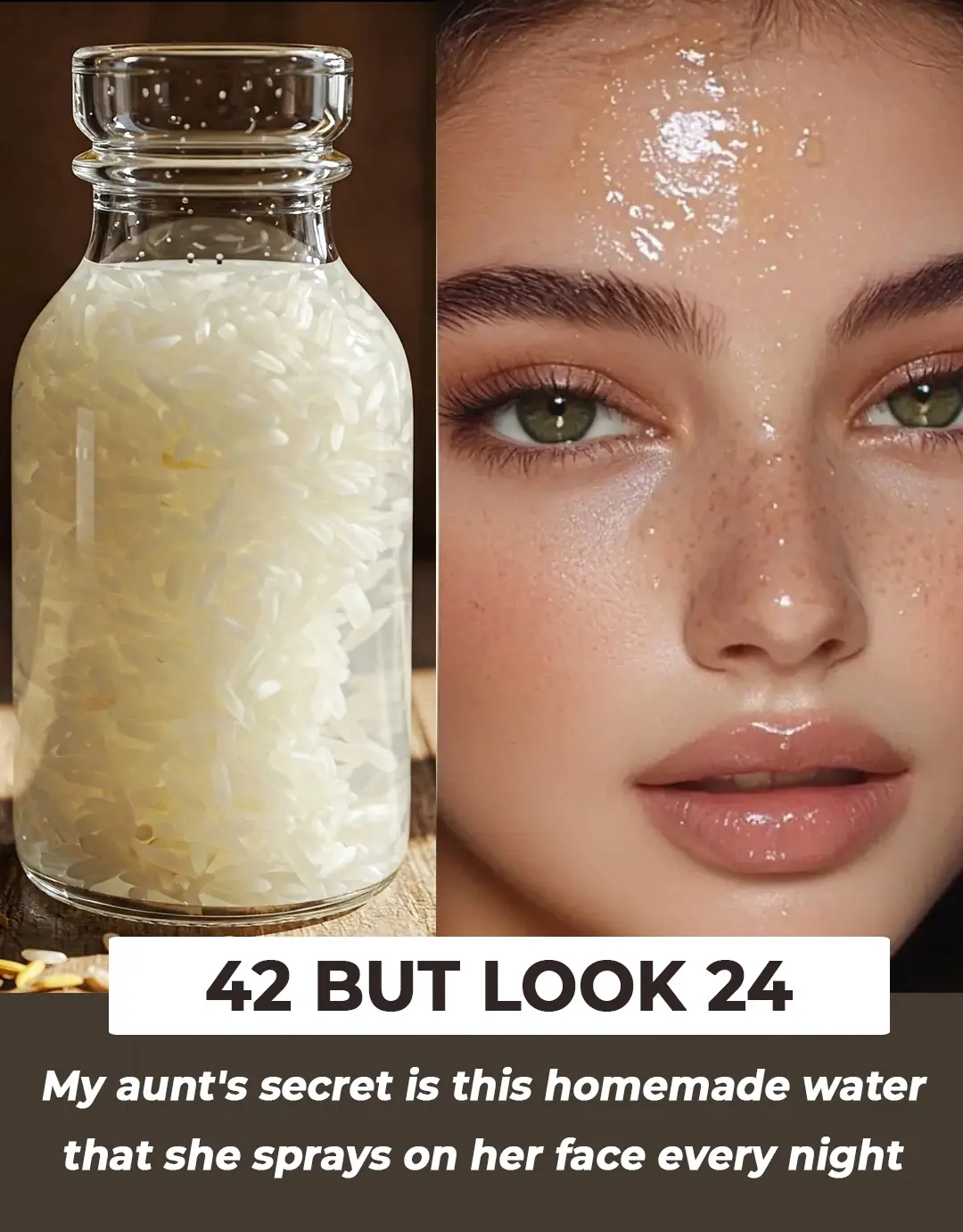
Anti-Aging Face Mist with Rice Water: Unlock the Secrets to Hydrated, Glowing Skin
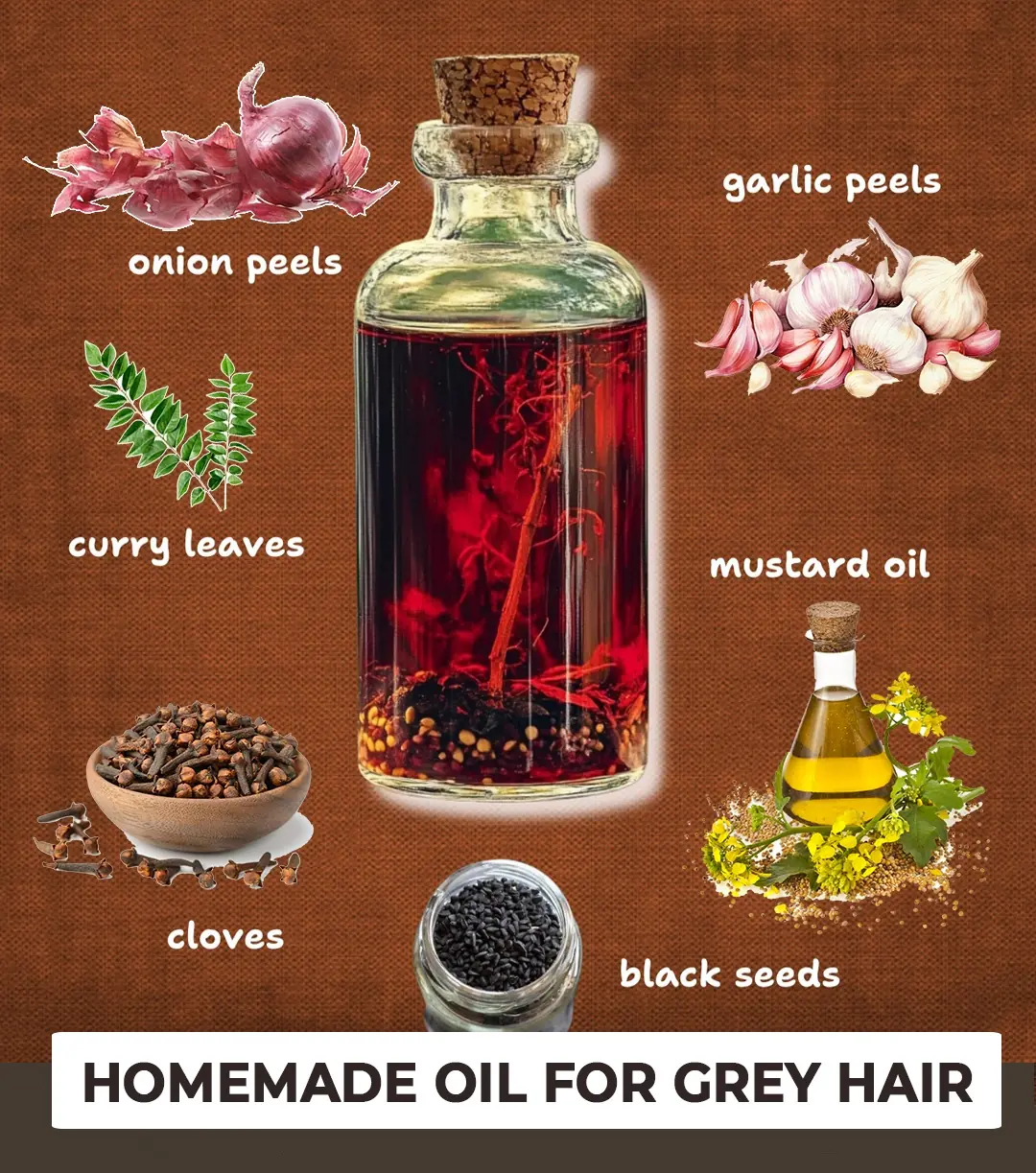
Roasted onion peel treatment for grey hair
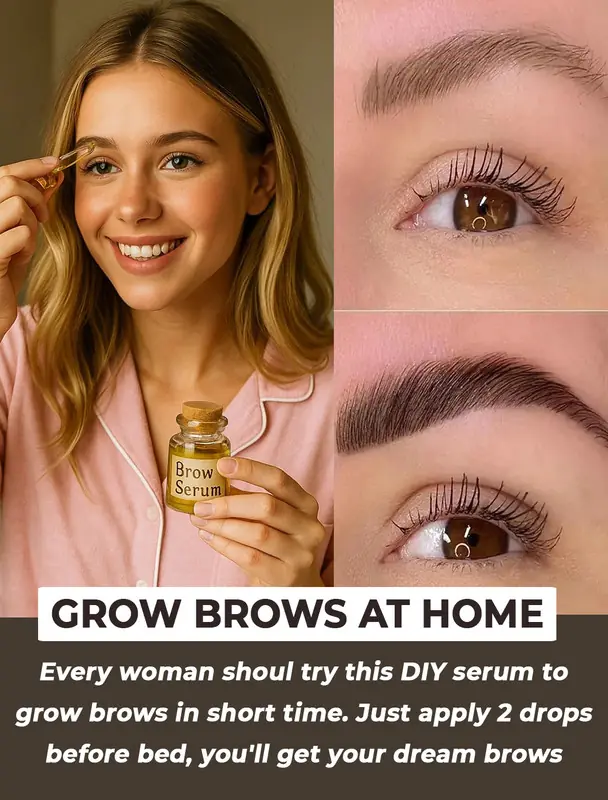
Homemade Onion Juice Serum To Grow Thick Eyebrows In Just 1 Week

DIY Aloe Vera Beauty Cubes for Dark Spots, Acne, and Skin Rejuvenation: The Ultimate Skincare Hack

6 Home Remedies to Lighten Dark Underarms | How to get rid of Dark Underarms
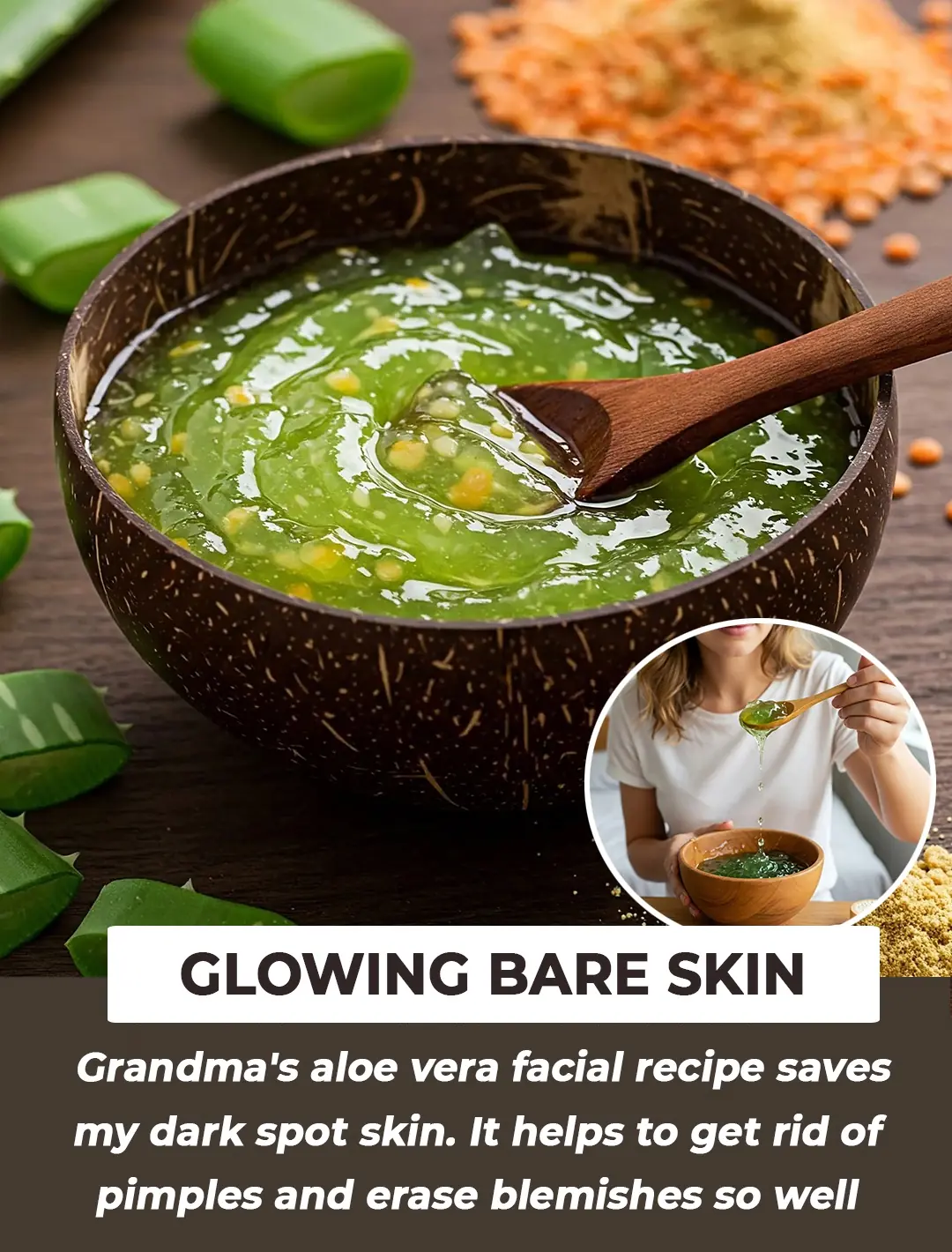
DIY Aloe Vera Facial: A Step-by-Step Aloe Vera Facial for Skin Lightening

How to make banana vinegar with just 4 simple ingredients, and enjoy the delicious final product.

Drinking lemon ginger water provides these 6 amazing benefits for your body

Mosquitoes are most afraid of this bowl of water. Place it in your house, and no matter how many mosquitoes there are, they will all be gone. Sleep peacefully!

Drinking lemon ginger water provides these 6 amazing benefits for your body.

Anyone Whose Hair Is Falling Out Needs To Make This 2-Ingredient Drink Immediately

13 Detox Foods To Flush Out Toxins, Fight Cancer Cells And Relentlessly Hunt Free Radicals

Doctor warns: your ‘healthy’ lemon water habit is actually destroying your liver – here’s what you’re doing wrong

The Secret Power of Plantago Major that no one knows
